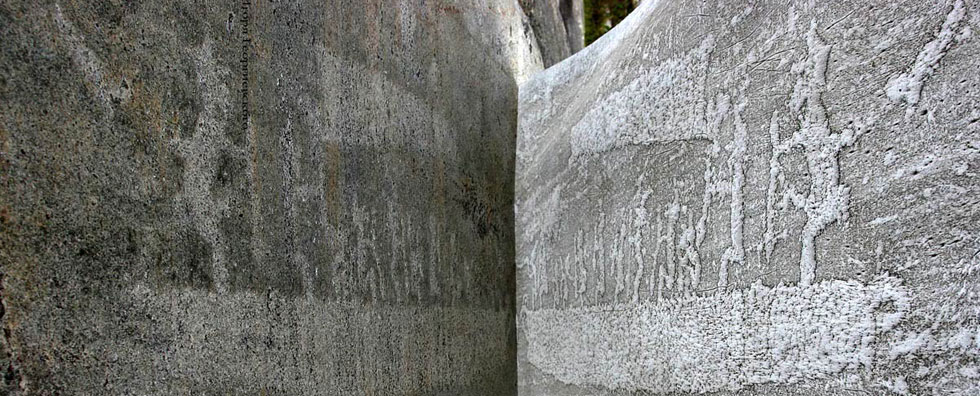Issue №3, Vol. 16Vinogradov A., Kadatskaya M., Birman A., Vinogradova Т., Obiazov V., Katsadze V., Ugryumov S., Bacherikov I., Kovalenko T., Hvalev S., Parfenov Е. Calculation of non-eroding water flow velocities at the height of the upper boundary layer // Resources and Technology. 2019. №3, Vol. 16. P. 44‒61.
Vinogradov
Aleksey | Scientific and production association «Hydrotechproject» LLC; Saint-Petersburg State Forest Technical University, gd@npogtp.ru |
Kadatskaya
Mariya | Scientific and production association «Hydrotechproject» LLC, mk@npogtp.ru |
Birman
Aleksey | Saint-Petersburg State Forest Technical University, birman1947@mail.ru |
Vinogradova
Таtiana | Scientific and production association «Hydrotechproject» LLC, vinograd1950@mail.ru |
Obiazov
Viktor | Scientific and production association «Hydrotechproject» LLC, td@npogtp.ru |
Katsadze
Vladimir | Saint-Petersburg State Forest Technical University, tlzp@inbox.ru |
Ugryumov
Sergey | Saint-Petersburg State Forest Technical University, ugr-s@yandex.ru |
Bacherikov
Ivan | Saint-Petersburg State Forest Technical University, ivashka512@gmail.com |
Kovalenko
Taras | Saint-Petersburg State Forest Technical University, taras.kovalenko.spb@gmail.com |
Hvalev
Sergey | Scientific and production association «Hydrotechproject» LLC, sh@npogtp.ru |
Parfenov
Еvgeni | Scientific and production association «Hydrotechproject» LLC, parfenon98@mail.ru |
Key words:
non-eroding velocity
laminar and turbulent mode of water motion
tangential flow stress |
Summary: The main criterion for the stability of a designed culvert engineering construction of forest roads is non-exceedance of the non-eroding water flow velocity permissible for a channel floor. The article discusses various methods of calculating non-eroding water flow velocity at the height of the upper boundary layer. For simplicity, calculations are carried out for a particular case of bottom sediments, consisting of homogeneous sand with 1 mm average particle size at a constant flow depth of 5 m. The laminar and turbulent modes of fluid motion are considered in relation to their weight contribution to the erosion process of bottom sediments. Various methods for calculating bottom velocities in a turbulent and laminar flow mode are analyzed. The analysis results show that the considered formulas for estimating the hydraulic friction coefficients, turbulent viscosity coefficient, and tangential flow stress lead to similar results. Estimation of the laminar bottom flow velocity according to the considered approaches also leads to similar results. The values of the turbulent component of the near-bottom velocity at the adopted average non-eroding velocity V = 0.5 m/s, obtained by various methods, range from 0.08 to 0.09 m/s. Moreover, the thickness of the boundary layer decreases with the increasing flow velocity and is below the height of the surface asperity for the case under consideration at the average flow velocity of 0.15 m/s. At the depth equal to the height of boundary layer, the turbulent and laminar components of the bottom velocity are comparable due to the proximity of the numerical values of the dynamic and turbulent viscosity coefficients at this depth.
|





